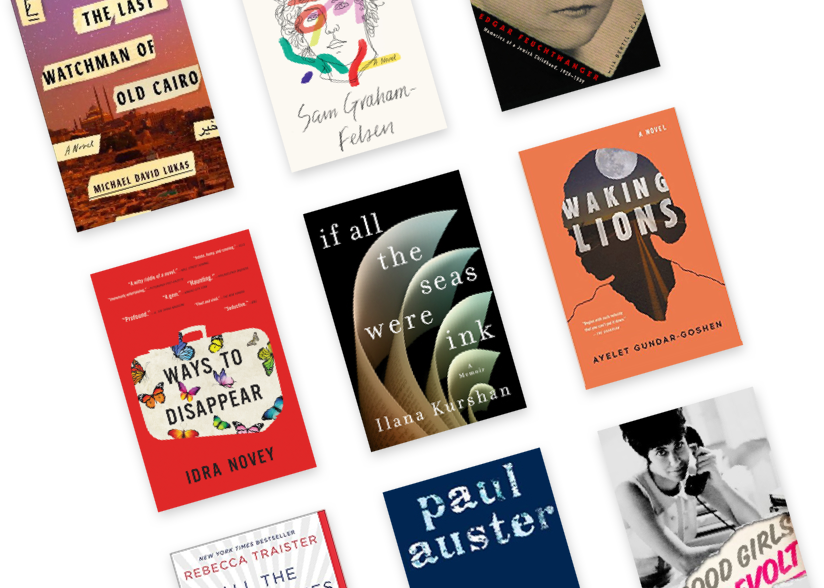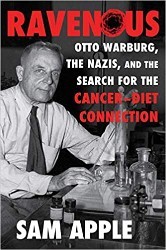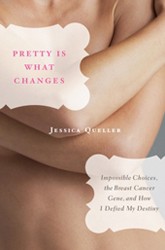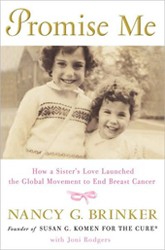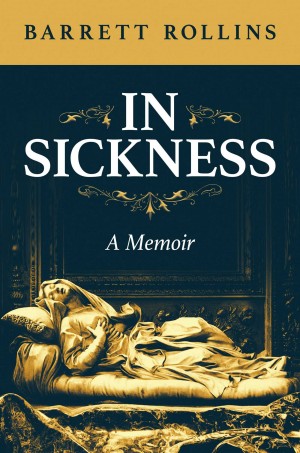In Radical Sisters, award-winning journalist Judith Pearson examines the gargantuan efforts that women have made both to raise awareness of breast cancer and demand major changes in the treatment of the disease.
Pearson traces the history of the breast cancer movement through the lives of three charismatic women — actress and diplomat Shirley Temple Black, journalist Rose Kushner, and businesswoman Evelyn Lauder — the latter two of whom were Jewish. All three survived breast cancer and used their experience to fight for better treatment for all women. They never met, but they all had chutzpah — and they changed medical history.
Pearson takes us back to a time when medical research was dominated “by white men, on white men for white men.” Breasts “fed children and were fun to fondle. Period.” Shirley Temple Black was already a well-known actress when she was appointed to the United Nations. Diagnosed with breast cancer while on a diplomatic mission, she used her fame to break through the silence around the disease. In 1971, she invited the press into her hospital room after surgery, later writing in McCall’s, “With or without a breast, I plan to keep doing precisely what I have been doing. Only better.”
Evelyn Lauder was born to Austrian Jewish parents who escaped to England a week after Kristallnacht. She married Leonard, son of renowned cosmetics pioneer Estee Lauder, and joined the family business. After her diagnosis, she became alarmed at the lack of resources devoted to women’s health: only 13% of NIH funding was spent on women’s issues. Evelyn used her business acumen and society connections to found the Breast Cancer Research Foundation, which grew to $1 billion funding over 250 researchers annually.
The lack of women’s voices in determining breast cancer treatment took a violent toll. The standard procedure for a century was the radical mastectomy, pioneered by Dr. William Halsted, which entailed the amputation of breast, muscle, lymph nodes, and even bone. In 1972, 95% of all surgeries were radical mastectomies. A woman generally had no choice: if cancer was detected during a biopsy, her breast would be removed while she was lying unconscious on the operating table. Tens of thousands of women woke up missing one or both breasts. Journalist Rose Kushner was determined not to be one of them. The daughter of Eastern European Jewish immigrants, Rose wielded her pen to challenge the Halsted procedure, arguing for a time lapse between biopsy and surgical removal. Though Rose faced patronizing pushback from the medical establishment, she persisted, quipping, “I object to the fact that they dream up protocols over the urinal, and then go out and try them on people.” At her death in 1990, many of the practices she encouraged had been adopted as standard practices.
Pearson’s engaging writing style makes the complicated medical history easy to comprehend. There are some gaps, including a lack of information about Black women, who have a 40% higher risk of death from breast cancer than white women — an alarming disparity that has persisted for decades. Yet there is no mention of the pioneering work of the Black Women’s Health Imperative founded in 1983, the African American Breast Cancer Alliance and others that focus on racial disparities in breast cancer care.
Pearson’s book shows how women’s voices — in particular those of survivors of breast cancer — were crucial in paving the way to improved health care for women. The recent cuts in NIH funding show how crucial these voices continue to be.
Elaine Elinson is coauthor of the award-winning Wherever There’s a Fight: How Runaway Slaves, Suffragists, Immigrants, Strikers, and Poets Shaped Civil Liberties in California.

